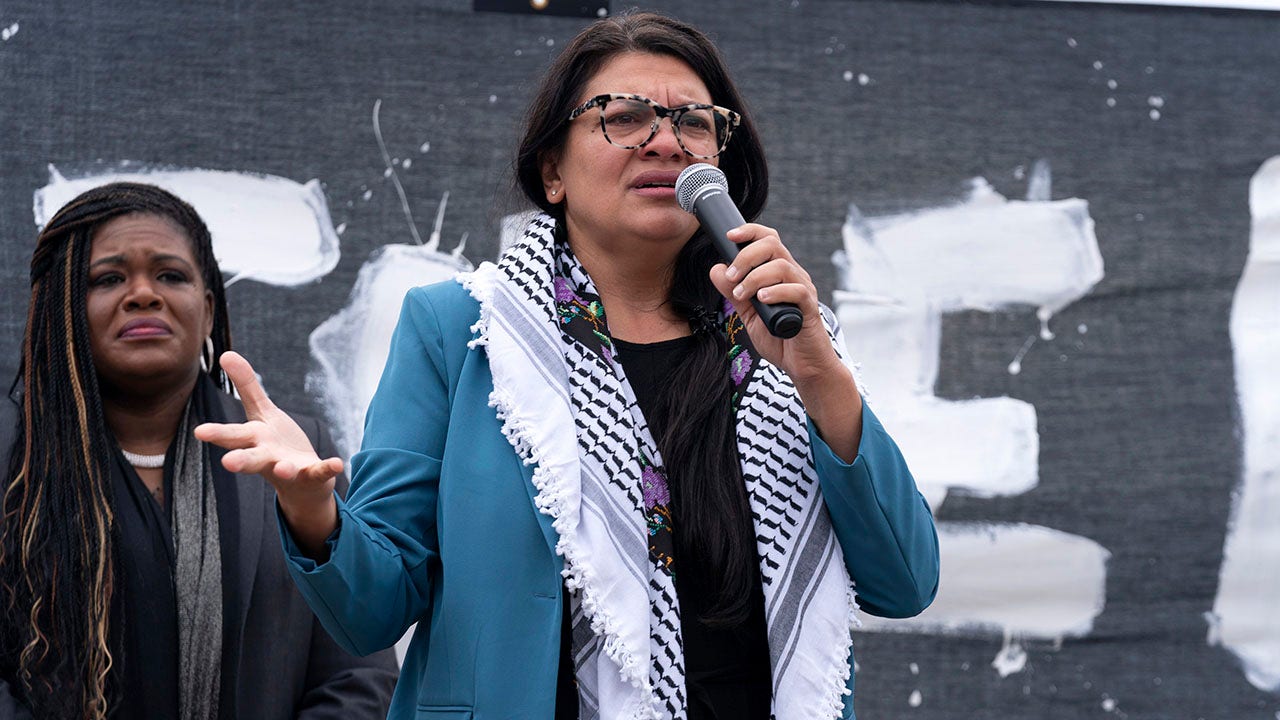Health
‘Mork and Mindy’ Star Pam Dawber on Robin Williams, Mark Harmon & Her Return to TV
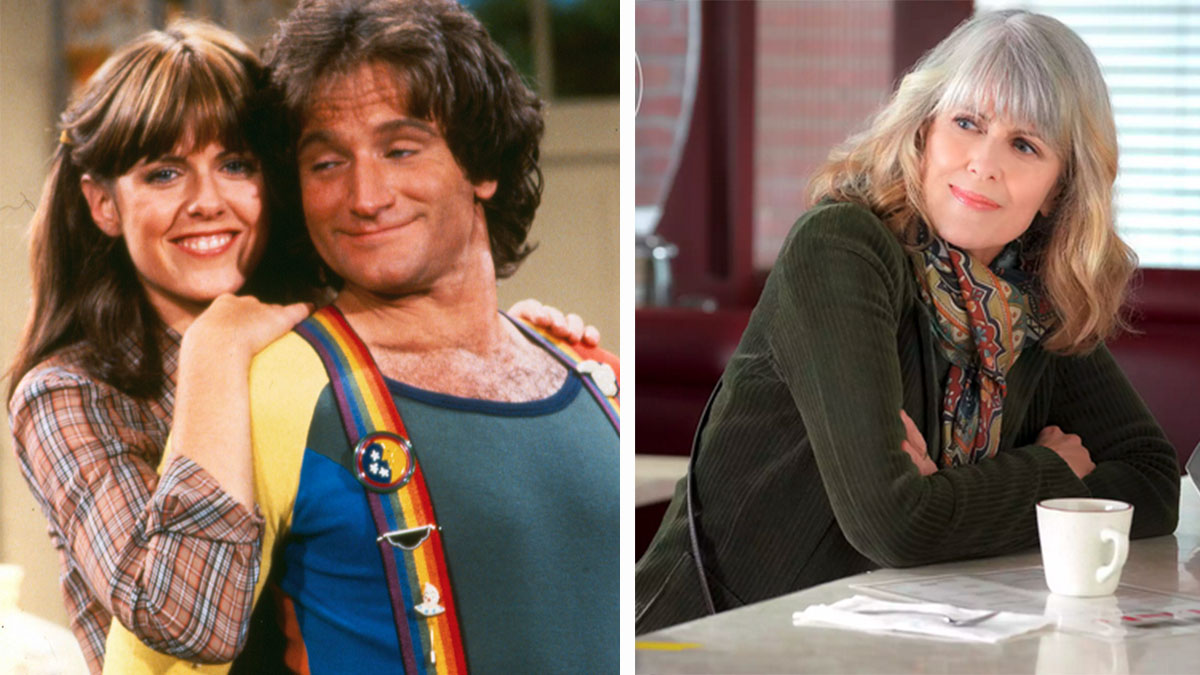
Pam Dawber will always be remembered for her breakout role as the lovable, funny, down-to-earth Mindy McConnell — the counterpart to the late Robin Williams’ zaney alien Mork — in the quirky and iconic sitcom, Mork & Mindy, that ran from 1978 and 1982. She then captivated audiences as Samantha Russell on My Sister Sam between 1986 and 1988, establishing her as a household name and earning her a permanent place in television history.
But after a tragic shooting of a My Sister Sam costar, Dawber changed directions to focus on activism while sporadically appearing in various TV movies, working as a voice actor and taking time out to raise her two sons…until 2021 when she finally agreed to a recurring role on NCIS alongside her husband of 35 years, actor Mark Harmon.
Here, we catch up with Pam Dawber, now 71, as we look at her past, what she’s doing now and what the future holds for our favorite “Little Pooter”.
Pam Dawber’s early career
Dawber was born in Detroit and went to Reid Elementary School in Goodrich. She went on to the area’s high school and then Oakland Community College with the intention to transfer to a four-year college.
But part-time modeling work eventually had Dawber drop out to pursue modeling full time and that meant a move to New York City where she joined the prestigious Wilhelmina Models before switching to acting. Fotomat, Noxzema, Neet and other television commercials saw a smiling Dawber promoting their various products.
In 1977, Dawber was beat out by Lisa Hartman for the title role on the sitcom Tabatha, but ABC executives took notice and enrolled her in its talent development program. That same year, Dawber landed her first feature role as the former girlfriend of the groom who makes a memorable entrance astride a horse in Robert Altman’s A Wedding.
After Dawber was cast as the leading role in a busted ABC pilot Sister Terri, director Garry K. Marshall saw her all-American girl potential and recruited her for the show that would launch her into stardom (if not into the stars).
Pam Dawber on her love for Robin Williams
Marshall saw something in a young Dawber even though she had little acting experience and didn’t even audition for the role. Dawber’s development deal with ABC meant they paid to keep her under contract until they found a project for her or the contract expired.
After Sister Terri that flopped — “I played a nun who used to be a gang leader but she found God, so she’s there to fix up the neighborhood,” Dawber explained in the book Happier Days — scenes she filmed for it were later spliced with scenes of Robin Williams from his appearance on Happy Days.
The cobbled-together example did the trick, and Mork & Mindy was picked up without so much as a pilot.
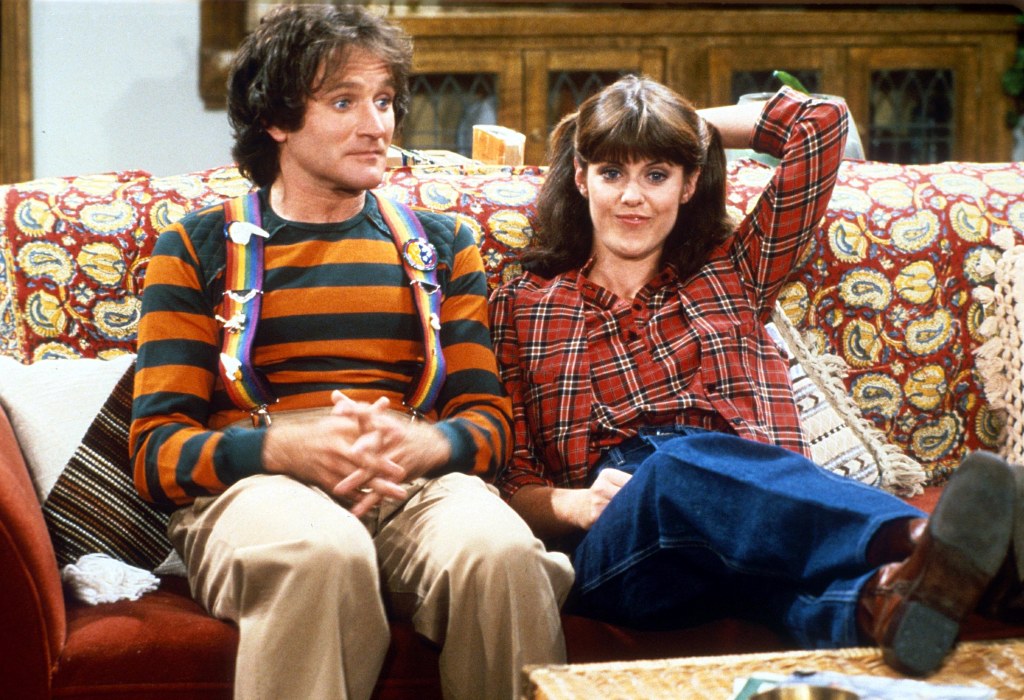
Dawber found out about it when her agent discovered a write-up of the show in Variety. “I hadn’t auditioned and I knew nothing. When I first read the script, I thought the premise was just the most stupid thing,” Dawber said. “I remember going, ‘And who in the hell is Robin Williams?’”
But to viewers’ delight, Dawber portrayed Mindy McConnell to the extraterrestrial Mork, played by Robin Williams, from planet Ork, with ease. It seemed the only difficulty Dawber experienced was keeping her composure in the face of Williams’ comedic talents.
On first meeting her co-star, Dawber said, “The minute I met him I went, Oh he’s so cute. And he’s so odd and so funny and boy, oh boy, am I lucky! And so it went from there.” The TV couple grew close on the set. In 2014, Pam told AV Club, “I have just loved him on a very deep level.” After the show had run its course, the two went their own separate ways but some 30 years later, Pam guest-starred on William’s short–lived sitcom, The Crazy Ones.
When Williams succumbed to suicide in 2014, Dawber paid tribute to him in the documentary Robin Williams: Come Inside My Mind. “Robin was such a comedic genius, and he made so many people happy,” she said. “I think that’s why everyone wants to keep revisiting his life.”
Pam Dawber’s marriage to Mark Harmon
For more than three decades, Dawber’s starring role has also been as the loving wife to NCIS star Mark Harmon. The two met at a party thrown by a mutual friend, but prior to their meet cute, Dawber had made a list of qualities she was looking for in a man: strength, intelligence, independence, sensitivity, sensuousness, warmth and a sense of humor.
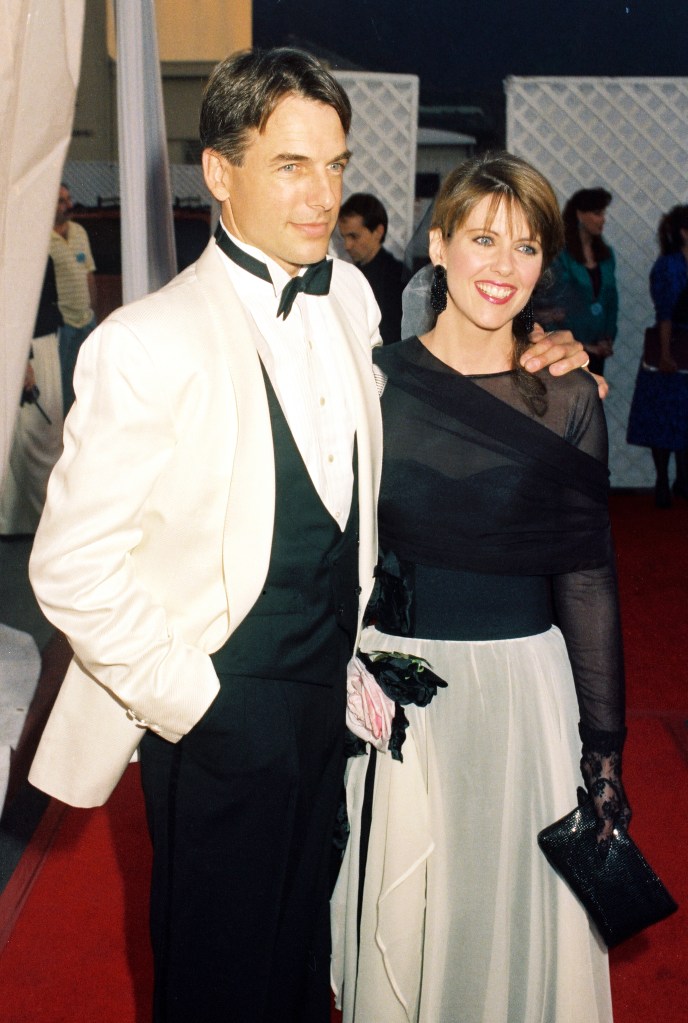
Checking all the boxes, Pam tied the knot with Mark on March 21, 1987 in a private ceremony with just a few family and friends in attendance. At this time, each was enjoying hot careers: Mork & Mindy and St. Elsewhere, respectively.
Over the years, the ultra private couple rarely appear in public. “We’re not trying to keep something secret, but if you don’t want it totally exploited by the press, you have to,” Dawber said to People while the couple was still engaged.
Dawber and Harmon have two sons, Sean Thomas Harmon, 34 who has played a young Gibbs in several NCIS episodes, and Ty Christian Harmon, 30.
(Read more about Mark Harmon and Pam Dawber’s Surprisingly Simple Secret to 35 Years of Marriage)
Pam Dawber changes focus after a haunting tragedy
After Mork and Mindy, Dawber went on to star in My Sister Sam from 1986 through 1988 playing Samantha Russell. Enjoying success the first season, the ratings hit a low when CBS moved it to Saturday night. But that was not the most heartbreaking moment of Dawber’s life.
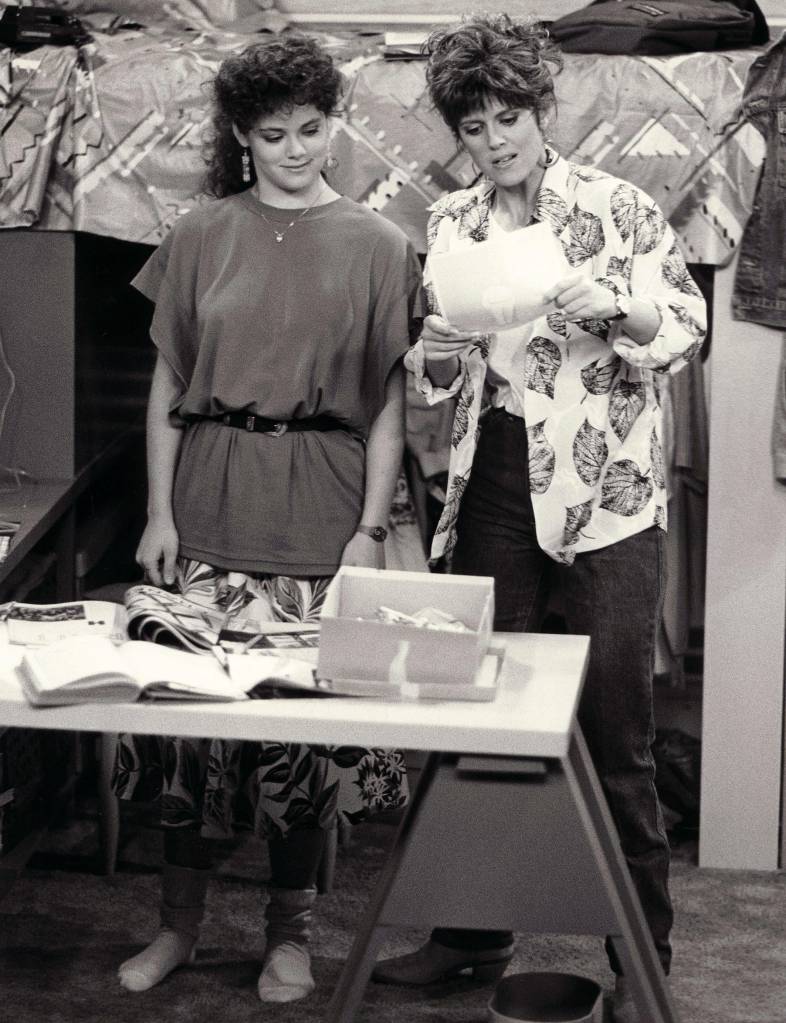
Over a year after the show’s cancellation, Sam’s co-star Rebecca Schaeffer was shot and killed in front of her Los Angeles apartment by a man who had stalked her for three years. This event motivated Dawber and her other My Sister Sam co-stars, Joel Brooks, David Naughton and Jenny O’Hara to film a public service announcement about gun violence prevention.
After the devastating murder of Rebecca Schaeffer, Dawber’s life changed drastically. Not only was Schaeffer a co-star but she had lived with Pam and Harmon for a short time and Dawber even knew Schaeffer’s parents well.
“I had guilt for years because I was so devastated, as everyone else was as well. I thought of Rebecca every day of my life probably for two years. But I couldn’t keep diving in…I almost had to let my relationship with her parents go,” Dawber said on 20/20 in 2019. “There’s something just so painful about the thought…I hadn’t spoken to them since her death and possibly funeral, and I have felt guilty about that for all those years.”
Rather than returning to acting full-time, Pam became an activist for gun control and even testified before Congress in Washington, D.C. lobbying for what she called “saner gun laws.”
This hiatus also gave her time to dedicate her life to her marriage and raising her two boys. “I wanted to drive my kids to school; I wanted to be there for their birthdays and bring cupcakes and doughnuts and do the school festivals and all that, and I did. I was very happy to do it,” she told Entertainment Tonight.
Pam Dawber back on the small screen
To fans’ delight, Dawber came back to TV in 2016 for a guest role on The Odd Couple reboot in an episode that honored creator of the original series, Garry Marshall who also created Mork & Mindy. Then audiences were thrilled to see a gray-haired Dawber in NCIS as investigative journalist, Marcie Warren in 2021.
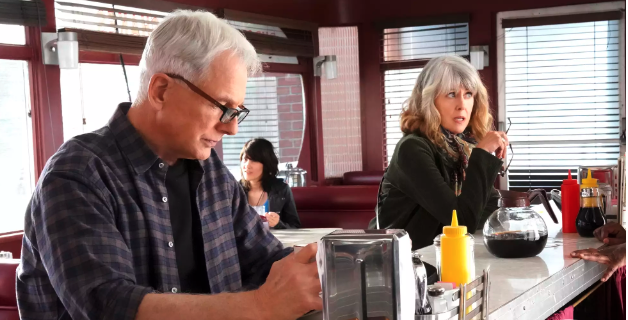
This wasn’t the first time NCIS asked her to appear on the show alongside her husband, but she felt it was finally time to say yes. “I’ve been asked to do NCIS before over the years. It just wasn’t the right character or the right time,” Dawber told TV Insider. “I read the script and I’m going, “Oh no.” My fear rockets flew off. I haven’t acted in so long. It’s also, at my age, do you really want to be on a big screen? I finally thought I’d feel worse if I chickened out.”
So she knew she had to take the role for her own personal satisfaction. “I answered the many questions if it was going to be a romance but I was like, no, this is not going to be romantic. I had talked to the producers and said if this is a romantic interest, I’m not interested.”
The seven-episode arc proved to excite fans as to a possible Dawber recurring role.
What is Pam Dawber doing next?
Sadly, Dawber is enjoying being semi-retired — along with Harmon who hung up his hat from his 20-year run as Gibbs on NCIS after season 19 — and quips that she wouldn’t want to return as a regular on a television series. “There’s too much social media negativity,” she admits. “And I have passed the point of wanting to sit the makeup chair at six o’clock in the morning!”
But with Harmon taking on producing, we’ll keep our fingers crossed Dawber will change her mind.
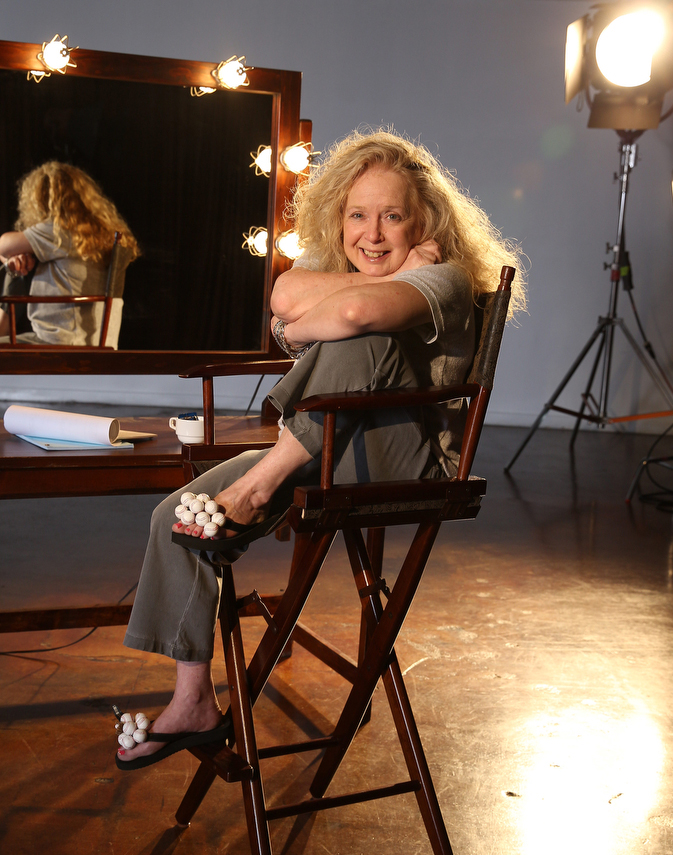
Bonnie Siegler is an established international writer covering the celebrity circuit for more than 15 years. Bonnie’s resume includes two books that combine her knowledge of entertaining with celebrity health and fitness and has written travel stories which focus on sustainable living. She has contributed to magazines including Woman’s World and First for Women, Elle, InStyle, Shape, TV Guide and Viva. Bonnie served as West Coast Entertainment Director for Rive Gauche Media overseeing the planning and development of print and digital content. She has also appeared on entertainment news shows Extra and Inside Edition.

Health
Americans breathe in carcinogenic chemicals found in cars: study

Researchers have found that a source of carcinogenic chemicals is in Americans’ cars – but there may be a way to reduce your risk.
Environmental Science and Technology, a peer-reviewed scientific journal, published a study called “Flame Retardant Exposure in Vehicles Is Influenced by Use in Seat Foam and Temperature” on Tuesday.
The study explains that Americans breathe in chemicals from the flame retardants in their vehicles. The chemicals can cause issues ranging from developmental neurotoxicity to thyroid hormone dysregulation and even cancer.
The types of chemicals found in flame retardants range from polybrominated diphenyl ethers (PBDEs), which were common in cars until the early 2000s, to alternative brominated flame retardants (BFRs) and organophosphate ester flame retardants (OPEs).
STUDY FINDS EVIDENCE OF MICROPLASTICS IN BRAINS AND OTHER ORGANS
Interior detail of an electric car, taken on August 4, 2015. (Neil Godwin/T3 Magazine/Future via Getty Images)
The federal government requires a level of flame retardants in vehicles. The National Highway Traffic Safety Administration (NHTSA) mandated the use of flame retardants in the 1970s.
“Flame retardant (FR) chemicals are intentionally used in electronics, furnishings, and building materials to meet flammability standards,” the study explains.
STD RATES SKYROCKET AMONG AMERICANS 55 AND OLDER: CDC
“Most [flame retardants] are used in an additive manner (i.e., not chemically bound), and many are semivolatile, indicating that they can be present in both the gas phase and partially in the condensed phase (e.g., particles and surfaces), depending on environmental conditions.”

A motorcycle officer weaves through traffic on a Los Angeles freeway during the evening rush hour on April 12, 2023 in Los Angeles, California. (FREDERIC J. BROWN/AFP via Getty Images)
Americans who drive professionally or face long commutes may be at a higher risk of harm from the chemicals.
“These findings highlight that commuters are likely to be exposed to [flame retardants], especially those with longer commutes or those who drive vehicles full time as part of their employment,” the paper read.
“In addition, children, who breathe a greater amount of air per kg body weight compared to adults, would also be at risk of greater exposures for equivalent commuting times.”
CLICK HERE TO SIGN UP FOR OUR HEALTH NEWSLETTER
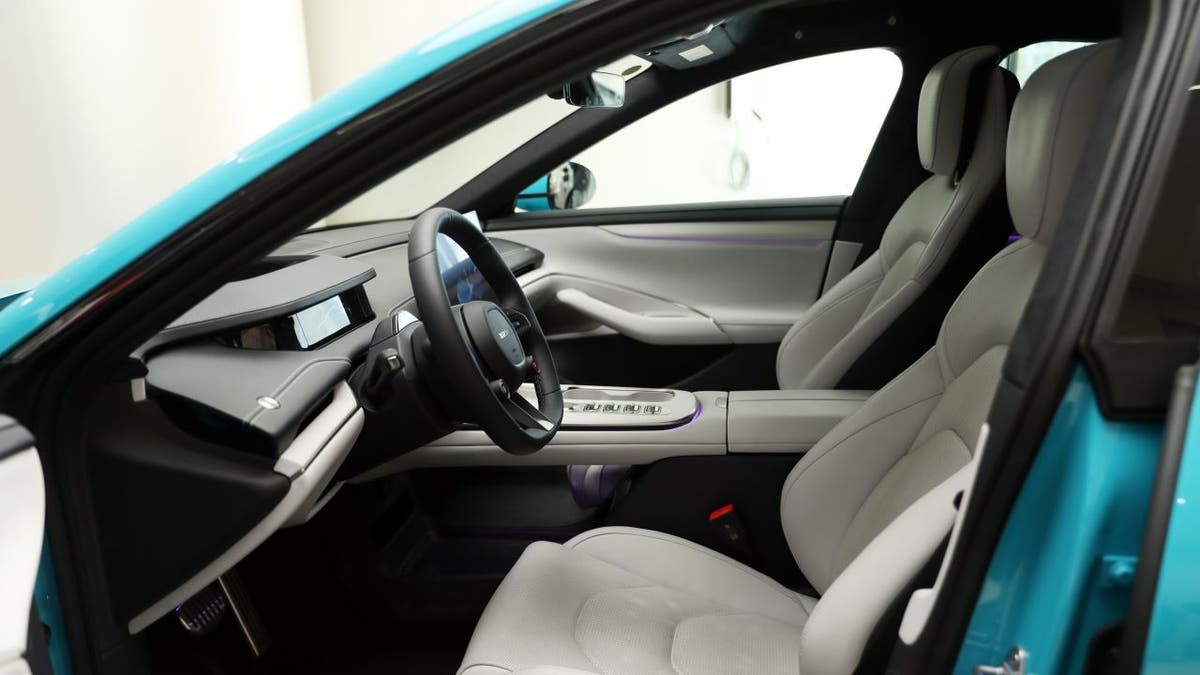
An interior view of a vehicle on April 2, 2024 in Beijing, China (VCG/VCG via Getty Images)
Drivers and passengers in warmer states may face a greater risk of breathing in the flame retardant chemicals. But rolling down car windows, turning off the AC and parking in covered garages may help reduce exposure to the dangerous chemicals, researchers say.
“Increasing ventilation by opening vehicle windows and avoiding recirculating interior cabin air may also reduce exposures,” the study said. “However, the greatest reduction in exposure from vehicle air would come from significantly reducing the amount of FRs added to personal vehicles.”
For more Health articles, visit www.foxnews.com/health.
Health
Ask a doc: 'Is it dangerous to crack my neck or back?'

Cracking your back or neck might provide quick relief and a satisfying popping noise — but is it a safe practice?
“When you stretch or manipulate your spine, such as by twisting or bending, the pressure within the joint changes,” Dr. William Kemo, a neurosurgeon at the Virginia Spine Institute, told Fox News Digital.
“This can cause a sudden release of gas bubbles, leading to a cracking sound.”
BE WELL: KEEP YOUR BONES STRONG TO PREVENT OSTEOPOROSIS
People often crack their back or neck out of habit, or to temporarily relieve tension or stiffness, Kemo noted.
“Typically, they do this to loosen up their back or neck when it is feeling tight or stiff. The ‘cracking’ is the popping of a tight or stiff facet joint.”
People often crack their back or neck out of habit to temporarily relieve tension or stiffness, a doctor noted. (iStock)
While the act of cracking can release endorphins (feel-good chemicals) for temporary relief, it doesn’t address the source of the tension, according to Tori Hartline, a chiropractor at Sunlife Chiropractic in Frisco, Texas.
ASK A DOC: ‘HOW CAN I IMPROVE MY POSTURE?’
Popping or cracking can even lead to injury, she warned.
“Chiropractors are trained to look for restricted areas in the spine and perform specific adjustments to decrease tension and improve range of motion,” Hartline said.
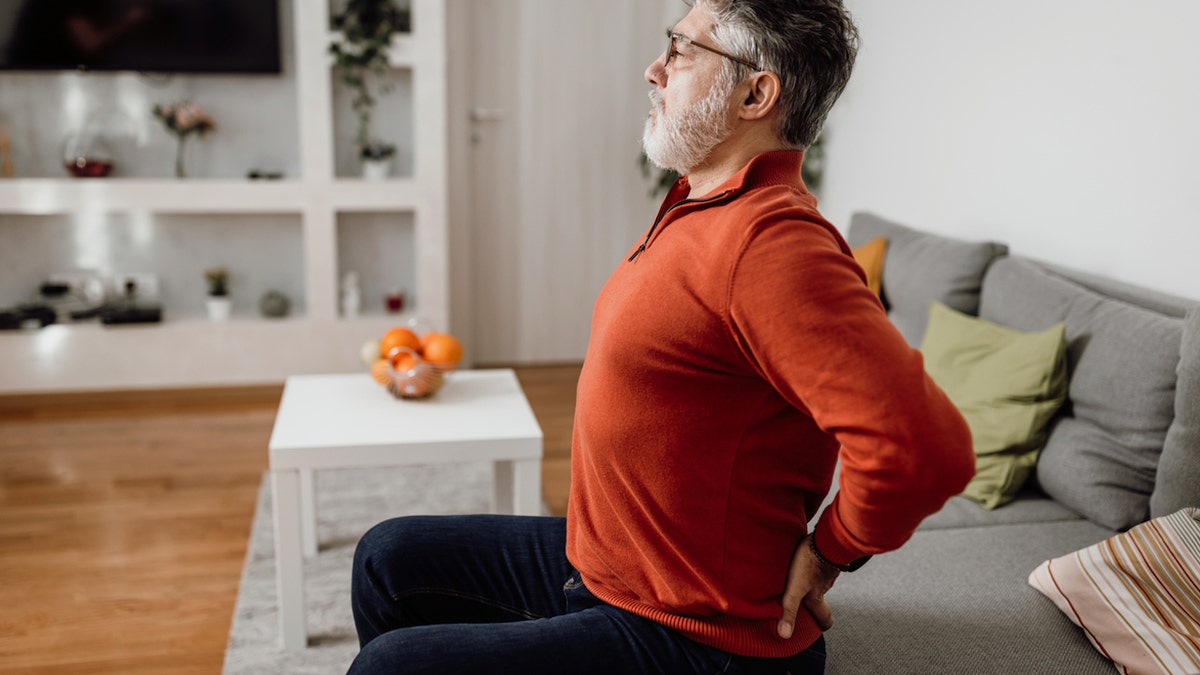
Cracking your back or neck can cause a myriad of health issues, experts are warning. (iStock)
“When an individual tries to pop their own back or neck, the segments that release gas are hypermobile segments versus the area of restriction. The joints above and below the area of restriction will move too much to compensate.”
She added, “Therefore, these cracks do not address the problem and can instead lead to further injury.”
The impacts of cracking your back or neck can include joint hypermobility, sprains or strains due to taking the joint too far past its proper range of motion — and even a fracture if too much pressure is applied, Hartline noted.
FOR ACUTE LOWER BACK PAIN, THESE ARE THE BEST MEDICATIONS, NEW STUDY FINDS
Kemo agreed, warning that cracking your back can cause unnecessary wear and tear on your spine.
“It may lead to strain on the muscles and ligaments surrounding the spine, potentially causing injury or exacerbating existing issues,” he added.
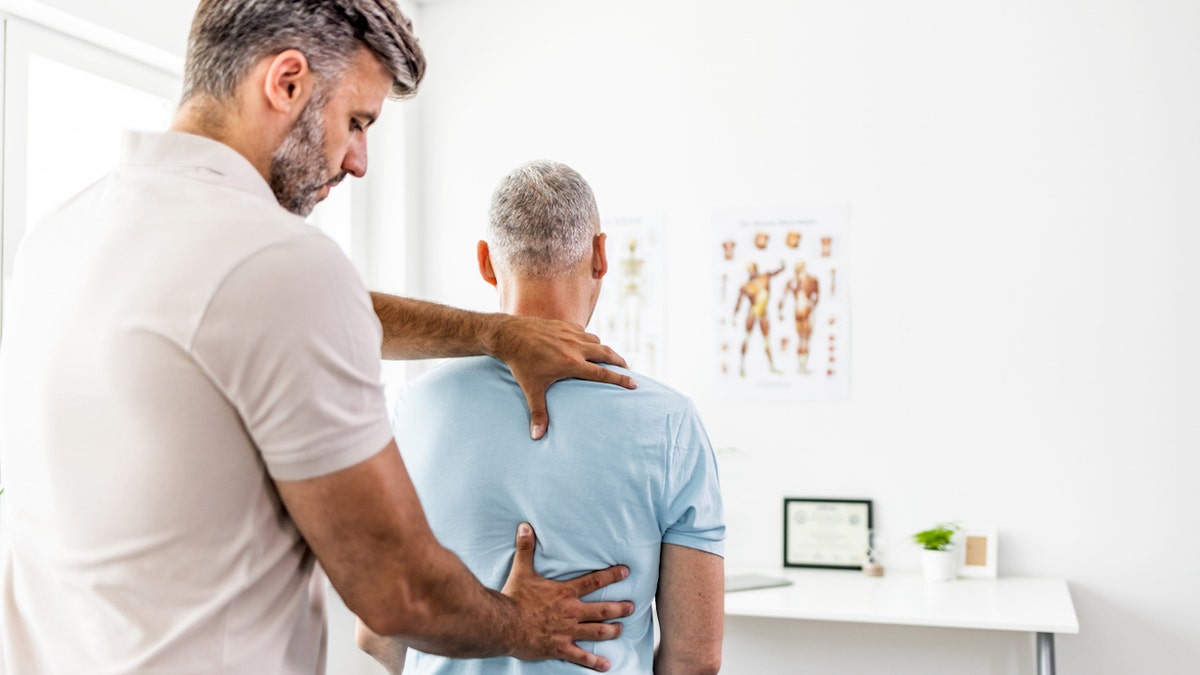
One expert suggested seeing a licensed chiropractor to identify areas of restriction and prescribe therapeutic exercise and stretches. (iStock)
It’s especially dangerous to crack the neck, which could impede blood flow and, in very rare cases, could increase stroke risk, according to Dr. Todd Sinett, a chiropractor at Tru Whole Care in New York.
Alternatives to cracking
There are plenty of safe alternatives that will provide longer-term relief without exacerbating potential issues with the spine, Kemo said.
“Commit to a daily stretching routine, and engage in core muscle exercises to strengthen the muscles supporting the spine,” he recommended.
WHAT IS SCOLIOSIS? CAUSES AND SYMPTOMS OF THE SPINAL CONDITION, TREATMENT PLANS AND MORE
Regular physical activity can also be helpful.
“A body in motion stays in motion, and helps avoid stiffness and alleviates tension,” Kemo said.
The doctor also suggested optimizing your ergonomics at home, at work and in the car.

Committing to a daily stretching routine and engaging in core muscle exercises can help strengthen the muscles supporting the spine, one doctor said. (iStock)
“Examine your daily routines to see if there may be repetitive situations that leave you feeling stiff or experiencing tension/tightness,” Kemo suggested.
This might include hunching in your chair or seat in the car, holding your device and looking down for prolonged periods, or sleeping in a certain position.
CLICK HERE TO SIGN UP FOR OUR HEALTH NEWSLETTER
Hartline also suggested seeing a licensed chiropractor, who can identify the areas of restriction and prescribe therapeutic exercise and stretches to give you the best results.
“If you’re experiencing persistent discomfort or pain, it’s best to consult with a medical specialist for proper evaluation and treatment.”
Overall, both experts agree that it’s important to listen to your body and avoid forceful manipulation of the spine.
“If you’re experiencing persistent discomfort or pain, it’s best to consult with a medical specialist for proper evaluation and treatment,” Kemo said.
“Remember, what works for one person may not be suitable for another — so personalized guidance is key.”
For more Health articles, visit www.foxnews.com/health.
Health
Seniors and breast cancer: Why aren’t older women told to get mammograms?
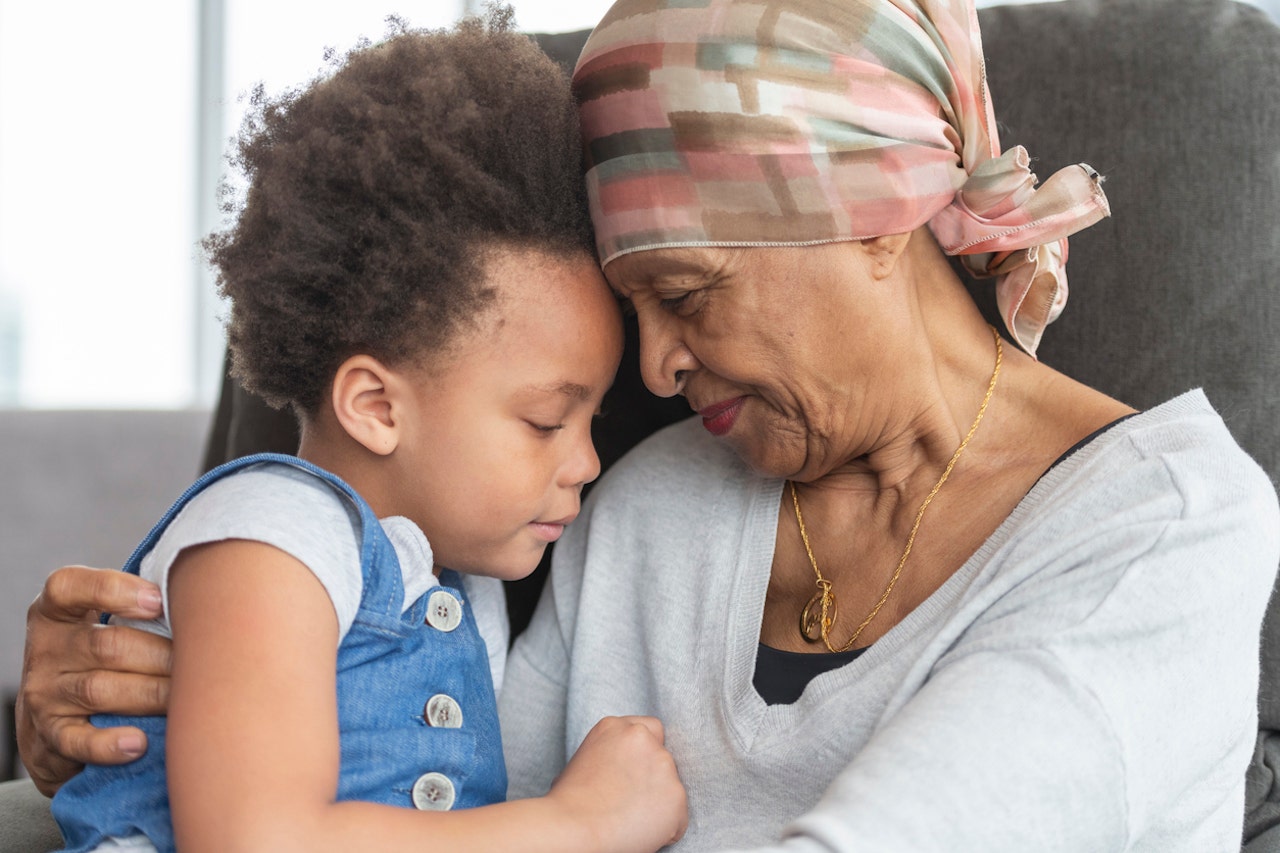
A major public health agency last week expanded its breast cancer screening guidelines to include younger women — but some people are concerned that one key age group has been excluded.
The U.S. Preventive Services Task Force (USPSTF) announced on April 30 that women between ages 40 and 74 should get mammograms every other year.
This is a significant change from previous guidelines, which said women should begin biennial mammograms at age 50, but could opt to begin as young as 40.
BREAST CANCER MAMMOGRAM SCREENINGS SHOULD START AT AGE 40 INSTEAD OF 50, SAYS HEALTH TASK FORCE
Some experts object to the fact that the agency doesn’t include official screening recommendations for women older than 74.
“The USPSTF concludes that the current evidence is insufficient to assess the balance of benefits and harms of screening mammography in women 75 years or older,” the agency stated in the guidance.
The U.S. Preventive Services Task Force (USPSTF) announced on April 30 that women between the ages of 40 and 74 should get mammograms every other year. (iStock)
Dr. Denise Pate, medical director with Medical Offices of Manhattan and contributor to LabFinder, voiced her disagreement with the lack of mammogram recommendations for older women.
“I think it is an antiquated view that sells short the potential of women older than 75,” she told Fox News Digital.
SOME BREAST CANCER PATIENTS COULD BE AT RISK OF ANOTHER TYPE OF CANCER, STUDY REVEALS
“The recommendations consider that the older population may be over-diagnosed, potentially with slow-growing breast cancers — but this does not take into account the increase in life expectancy for American women.”
A woman who is 75 right now has a life expectancy of 87, according to the U.S. Centers for Disease Control and Prevention (CDC).
Lack of research
One of the main reasons that women over 74 were excluded is that the age group was not included in clinical trials.
“When the major randomized controlled trials were performed in the 1970s and 1980s to show how effective mammograms are, they didn’t include enough women in those age groups to confirm their necessity,” Dr. Jacqueline Holt, medical director of women’s imaging for national radiology provider RadNet in Wilmington, Delaware, told Fox News Digital.
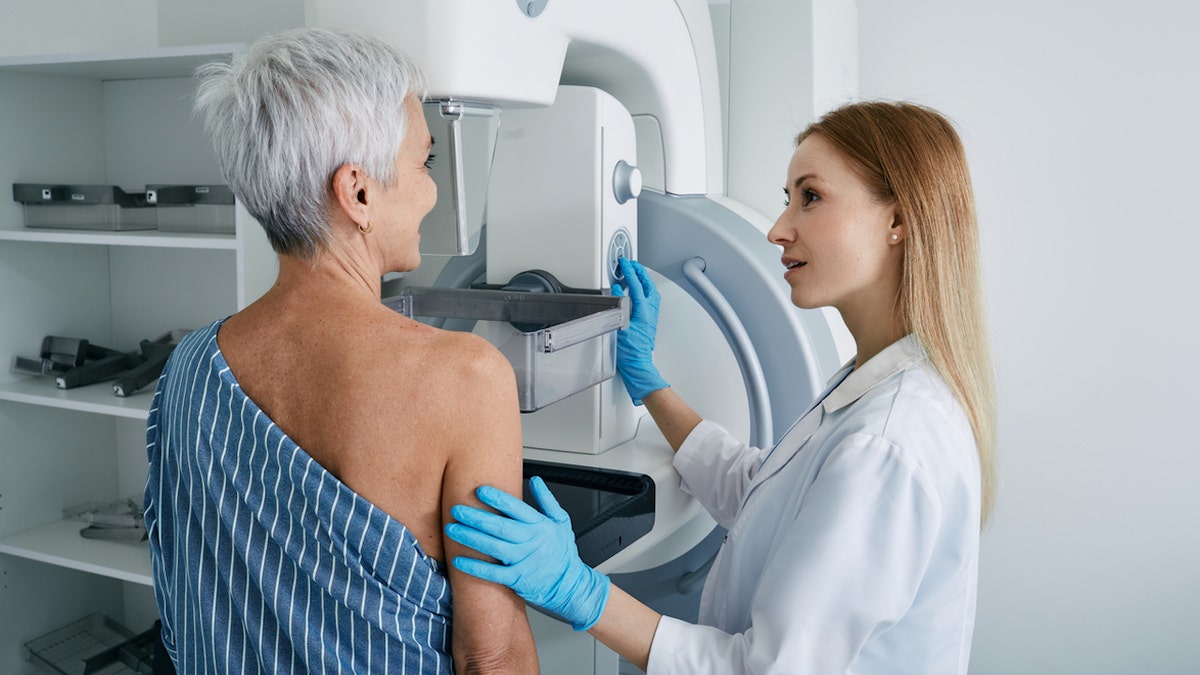
One of the main reasons that women over age 74 were excluded is that the age group was not included in clinical trials. (iStock)
“Cancer risk doesn’t drop off at 74 — the risk increases,” she said.
“It’s misinformation that cancers grow slower in this age group and that women will die of something else first.”
Risks vs. benefits
The primary risk noted for screening older women is the potential for false positives.
“The potential harms of breast cancer screening in older women include false positive results and overdiagnosis,” said one study published in the Journal of the American Board of Family Medicine.
“Cancer risk doesn’t drop off at 74 — the risk increases.”
Among women 75 years and older, 200 out of 1,000 who are screened over a 10-year period will experience a “false alarm,” the researchers noted, “which can cause pain, anxiety and distress.”
Pate acknowledged that this risk does exist.
“Of course, with continued screening, there is the continued risk of finding breast cancer in an earlier stage or finding a suspicious image that prompts recommendations for biopsy, proving to be a false positive — and this can cause a lot of anxiety,” she said.

The risks of not screening are “leaving these women in the dark about their status,” a doctor said. (iStock)
The risks of not screening, however, are “leaving these women in the dark about their status,” the doctor said.
“As I always explain to my patients, knowledge is power,” Pate told Fox News Digital.
“I would rather choose anxiety about a biopsy that may or may not prove breast cancer versus anxiety of surgery, radiation and chemotherapy for a cancer that is found too late due to lack of screening.”
AN OVERVIEW OF BREAST CANCER, SYMPTOMS TO LOOK OUT FOR, WHEN TO START THINKING ABOUT ROUTINE SCREENINGS
Holt agrees the benefits outweigh the risks.
“The primary risk that the USTF focuses on is anxiety due to false positives or callbacks that don’t lead to a diagnosis of cancer,” she told Fox News Digital.
“The death rate has decreased by at least 40% since 1995, thanks to mammographic screenings finding the cancer earlier and better treatment.”

“The death rate has decreased by at least 40% since 1995, thanks to mammographic screenings finding the cancer earlier and better treatment,” a doctor said. (iStock)
Women do have the option to continue screening beyond the age of 74 if they choose, the doctors noted — and this should be covered by their insurance plan.
“There is no cut-off for age,” Holt noted. “Medicare will still cover the cost of a mammogram.”
The American College of Obstetricians and Gynecologists (ACOG), the American Cancer Society (ACS) and the National Comprehensive Cancer Network (NCCN) all recommend mammograms starting at age 40.
“Age alone should not be the basis to continue or discontinue screening.”
“Each of these three groups bases its stop age on a woman’s life expectancy and not simply on their age,” Pate noted.
The ACS has stated that women should continue receiving mammograms as long as they are in overall good health and expect to live for another 10 years or more.
More than one-quarter of cases of breast cancer are diagnosed in women 75 years and older, according to ACOG.
MISSING MAMMOGRAMS: OVER 20% OF WOMEN DON’T FOLLOW BREAST CANCER SCREENING GUIDELINES, STUDY SAYS
“Age alone should not be the basis to continue or discontinue screening,” according to a statement from ACOG.
“Beyond age 75 years, the decision to discontinue screening mammography should be based on a shared decision-making process informed by the woman’s health status and longevity.”
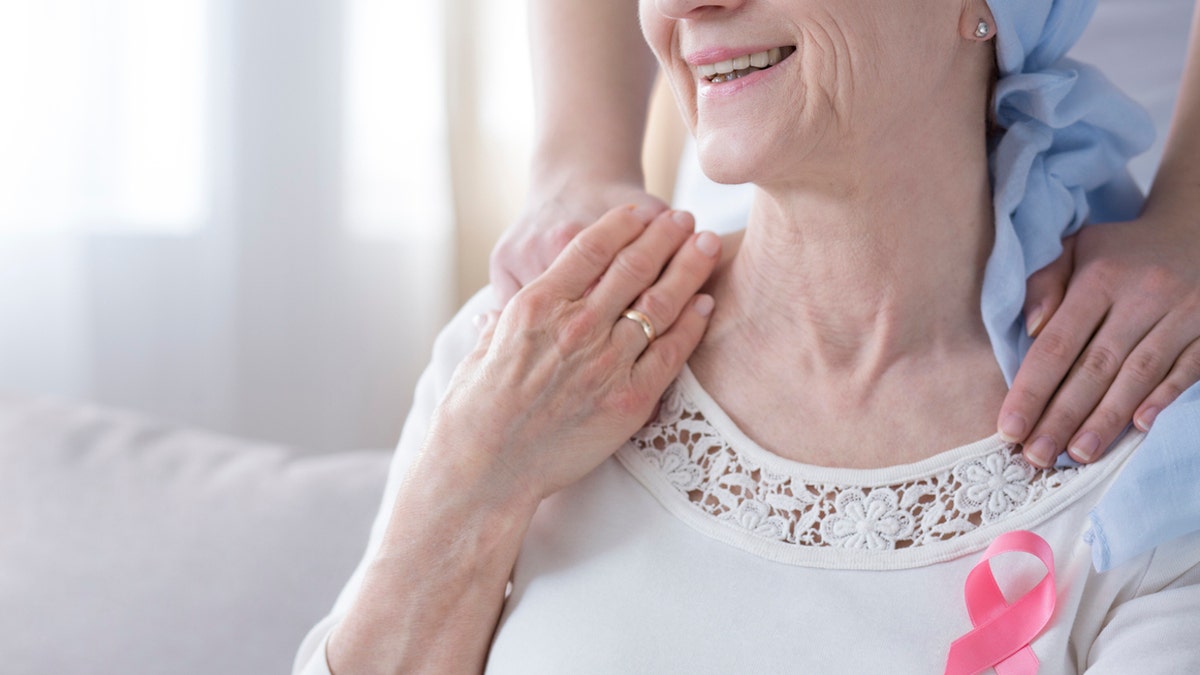
More than one-quarter of cases of breast cancer are diagnosed in women 75 years and older, according to the American College of Obstetricians and Gynecologists. (iStock)
Dr. Wanda Nicholson, chair of the USPSTF, sent a statement to Fox News Digital about the decision to omit women over age 74 in the recommendations.
“Women deserve to know what the science says about how they can best stay healthy as they age,” she said.
CLICK HERE TO SIGN UP FOR OUR HEALTH NEWSLETTER
“We looked carefully at all the available evidence about whether women who are 75 and older should be screened for breast cancer, but unfortunately, the available research was limited.”
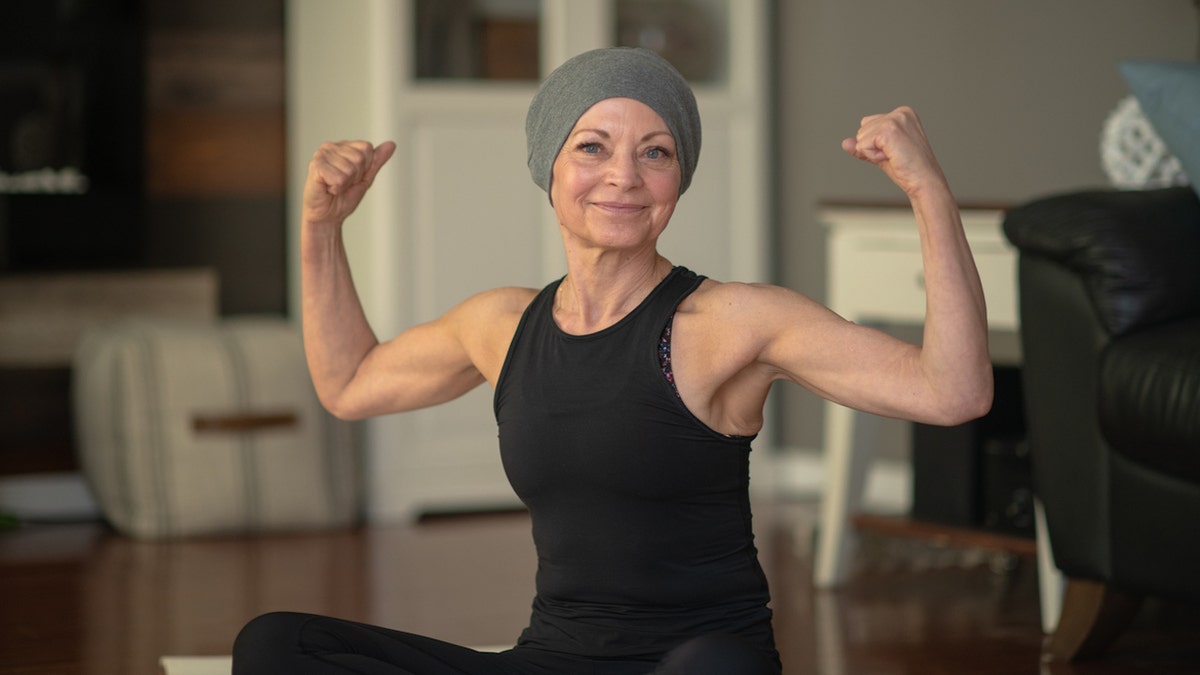
“Women deserve to know what the science says about how they can best stay healthy as they age,” a doctor said. (iStock)
“None of the studies of breast cancer screening included women in this age group, so we are urgently calling for more evidence on this important population.”
She added, “In the meantime, we encourage women who are 75 and older to talk with a trusted health care professional about what preventive care is right for them, given their specific health circumstances.”
Fox News Digital reached out to the ACOG and the ACS requesting additional comment.
For more Health articles, visit www.foxnews.com/health.
-

 World1 week ago
World1 week agoRussian forces gained partial control of Donetsk's Ocheretyne town
-
Movie Reviews1 week ago
Challengers Movie Review
-

 Politics1 week ago
Politics1 week agoDems disagree on whether party has antisemitism problem
-

 Politics1 week ago
Politics1 week agoHouse Republicans brace for spring legislative sprint with one less GOP vote
-

 World1 week ago
World1 week agoAt least four dead in US after dozens of tornadoes rip through Oklahoma
-

 Politics1 week ago
Politics1 week agoAnti-Trump DA's no-show at debate leaves challenger facing off against empty podium
-

 Politics1 week ago
Politics1 week agoStefanik hits special counsel Jack Smith with ethics complaint, accuses him of election meddling
-

 News1 week ago
News1 week agoAs student protesters get arrested, they risk being banned from campus too











